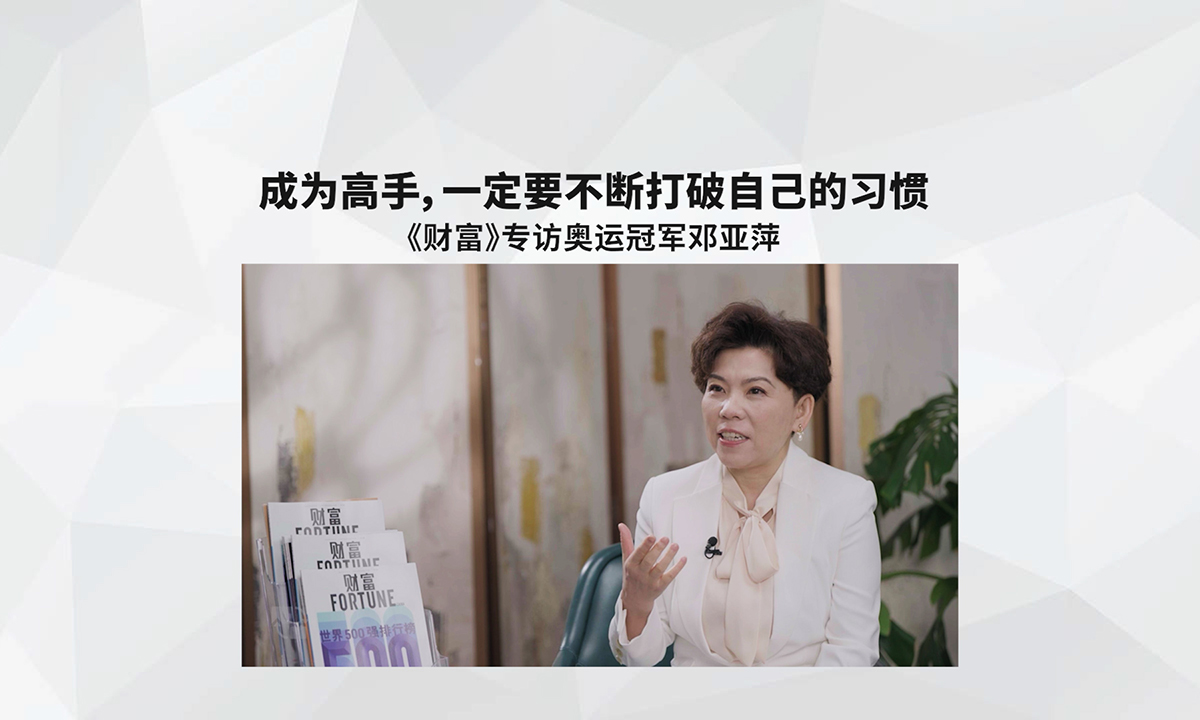Silicon Valley's secret rock star
Offices are full of people with past lives -- and for more than two decades James Williamson kept his a secret. Before retiring last year, Williamson was the vice president of technology standards at Sony Electronics, where he traveled around the world developing compatibility guidelines for products. Former colleagues describe him as calm and analytical. He looks the part of a Silicon Valley exec -- short white hair, suit jacket -- and enjoys vacationing in Hawaii and playing tennis. A few years ago he took up the ukulele and the slack-key guitar. It was his first time picking up an instrument, he says, since the 1970s, when he played guitar for the Stooges, one of the most famous punk-rock bands of all time. (That would be his secret.)
Williamson wasn't ashamed of his rock-and-roll past -- he just didn't bring it up, he says, and his co-workers didn't ask. Even the Stooges fans in the office would have been hard-pressed to make the connection between the strait-laced Sony (SNE) executive and the guitarist whose band members were known for violent antics like rolling in broken glass onstage and flashing the audience. So for years Williamson kept quiet, shunning interview requests until rumors of his new career began popping up on the Internet in the late '90s. After he agreed to appear on a VH1 program about the Stooges, his colleagues began to ask, tentatively, whether he was the guy from the band.
"I was sitting across the table from our deputy general counsel, who's a huge music fan, and he asked, 'Are you James Williamson from the Stooges?'" says Williamson. "It blew his mind." (The counsel, Christopher Ekren, says he always knew his co-worker's secret.)
Others were more taken aback. "James doesn't look like an entertainment guy," says Toshimoto Mitomo, Sony's senior vice president of intellectual property. "He looks better in a suit than anyone else."
Before Williamson was a tech-world bigwig or a famous musician, he was a rebellious kid in Michigan whose next-door neighbor taught him how to play the guitar. He joined his first band when he was 14, shortly before being sent to juvie for refusing to cut his hair ("I said to myself, What would Bob Dylan do?"). A few years later he met a local musician named Jim Osterberg, who also went by Iggy Pop. Iggy was impressed by Williamson's muscular playing style -- "He had more advanced skills than any of us," he says -- and invited him to join the Stooges. Some of the band members struggled with alcohol and drug abuse, and they went on hiatus until David Bowie got them a record deal. In 1972 they recorded Raw Power, an album that showcased Williamson's aggressive riffs and songwriting.
While Raw Power is now seen as a milestone in punk rock, when it came out, critics and music fans didn't know what to make of it. The fierce sounds and choppy song structures were wildly different from the glam rock that was popular in the early '70s, and the album sold only a few thousand copies initially, by Williamson's estimates. After finishing Raw Power, the Stooges toured for a couple of years, playing for small, rabid audiences until Iggy had a meltdown. The band broke up again, and Iggy made a couple of solo albums with Bowie that included hits like 1977's "China Girl." He asked Williamson to work with him again, but the duo clashed over aesthetics while collaborating on 1980's Soldier and parted ways. They wouldn't see each other for 20 years.
It was around that time that Williamson lost interest in playing the guitar and developed a passion for computers. "It was exciting in the way that rock and roll used to be for me," he says. He enrolled in California State Polytechnic, where he studied electrical engineering. After graduating, he took a job at semiconductor maker Advanced Micro Devices. He got married, had kids, and worked his way up the corporate ladder, eventually landing at Sony in 1997.











